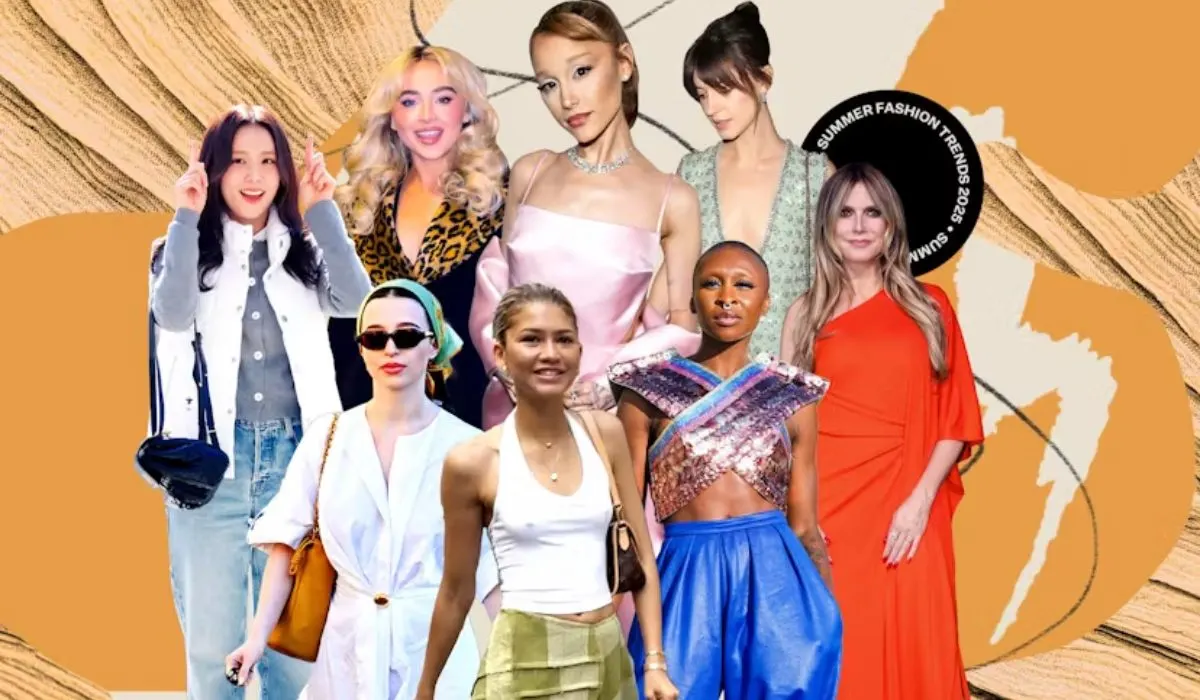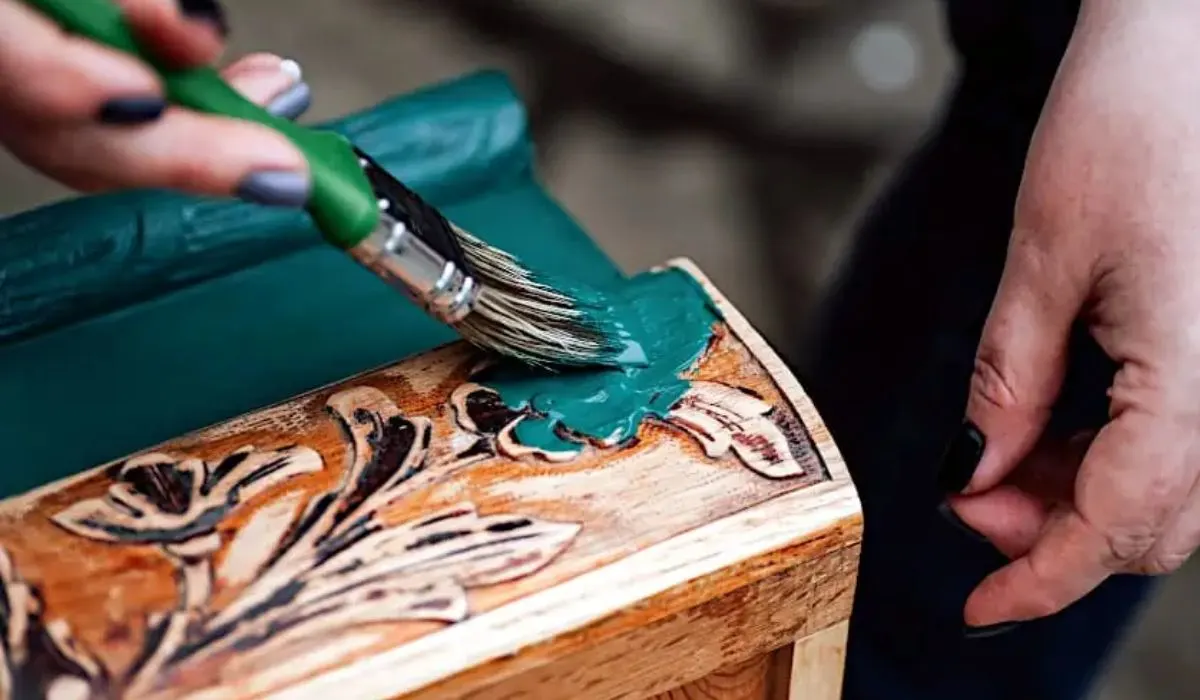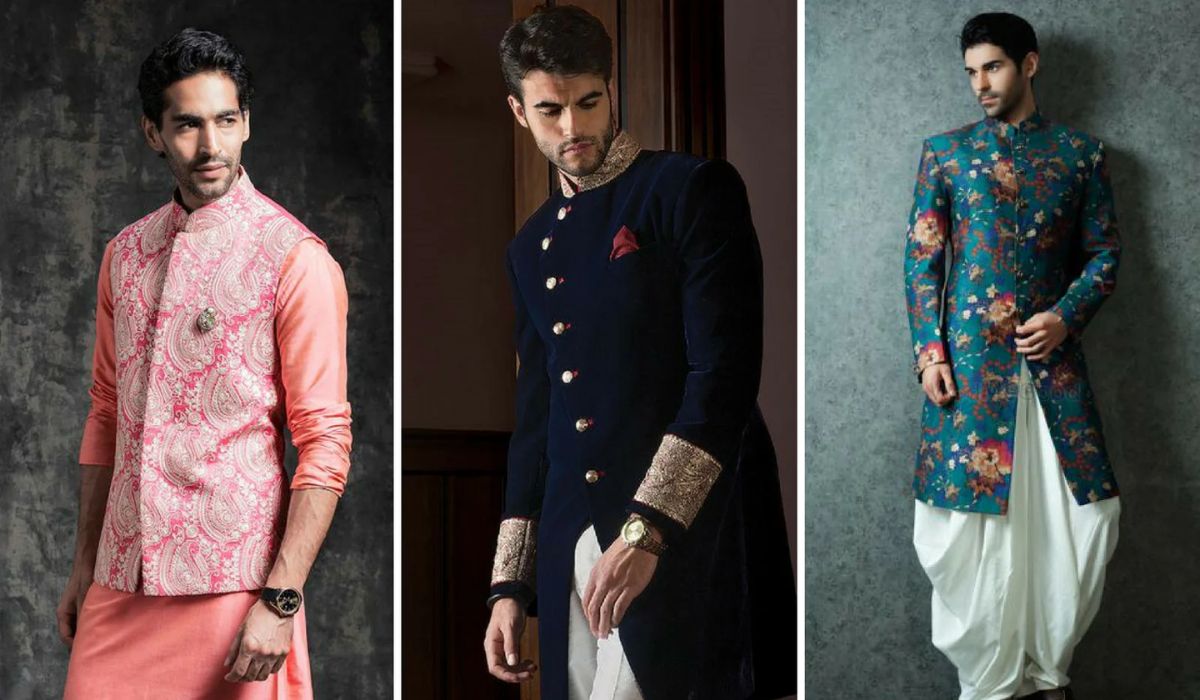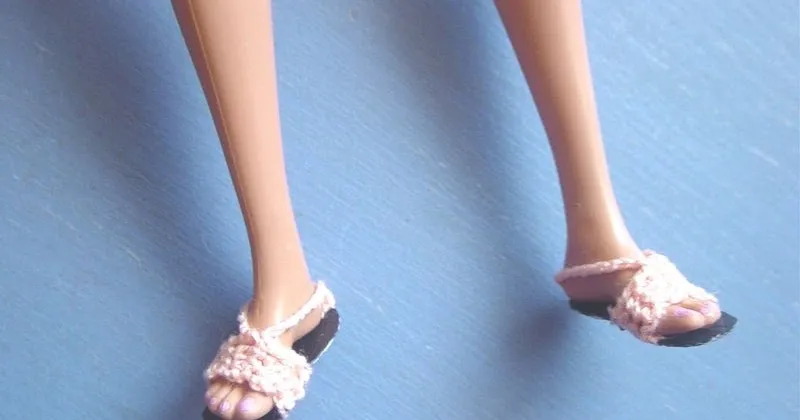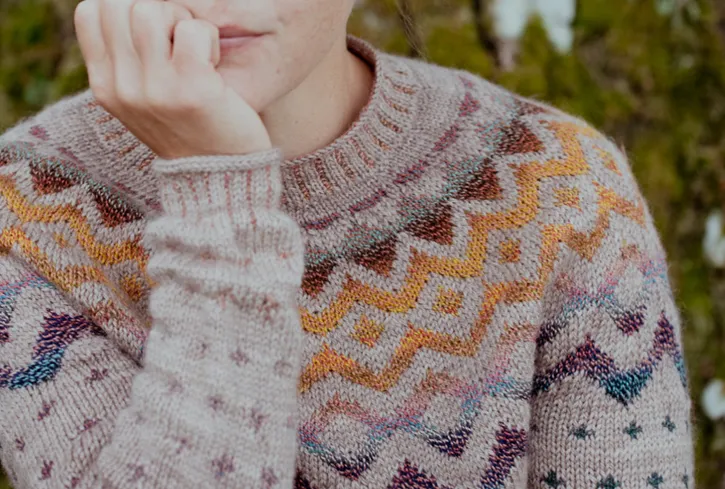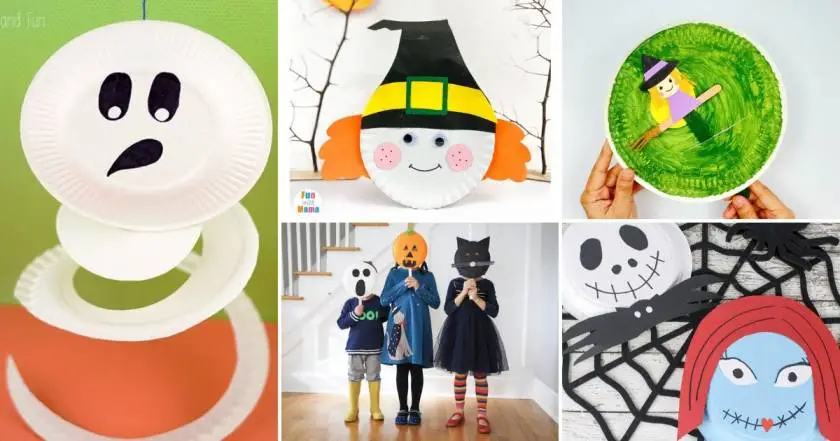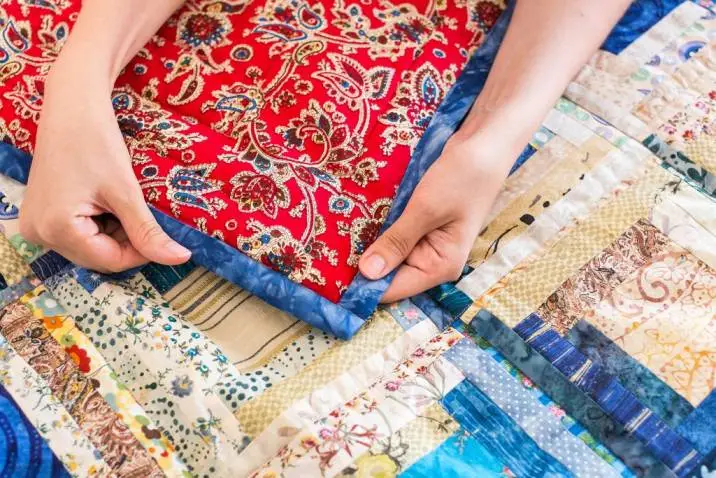Colorwork knitting is in which artistry and approach collide. Whether you are a seasoned knitter trying to raise your skills or a curious beginner eager to dip your needles into something new, colorwork can be each a adorable undertaking and a worthwhile revolutionary outlet. This blog will walk you via the whole lot you need to understand approximately colorwork knitting styles — from sorts and techniques to hints, tools, and inspiration for your next colorwork knitting patterns.
What is Colorwork Knitting?
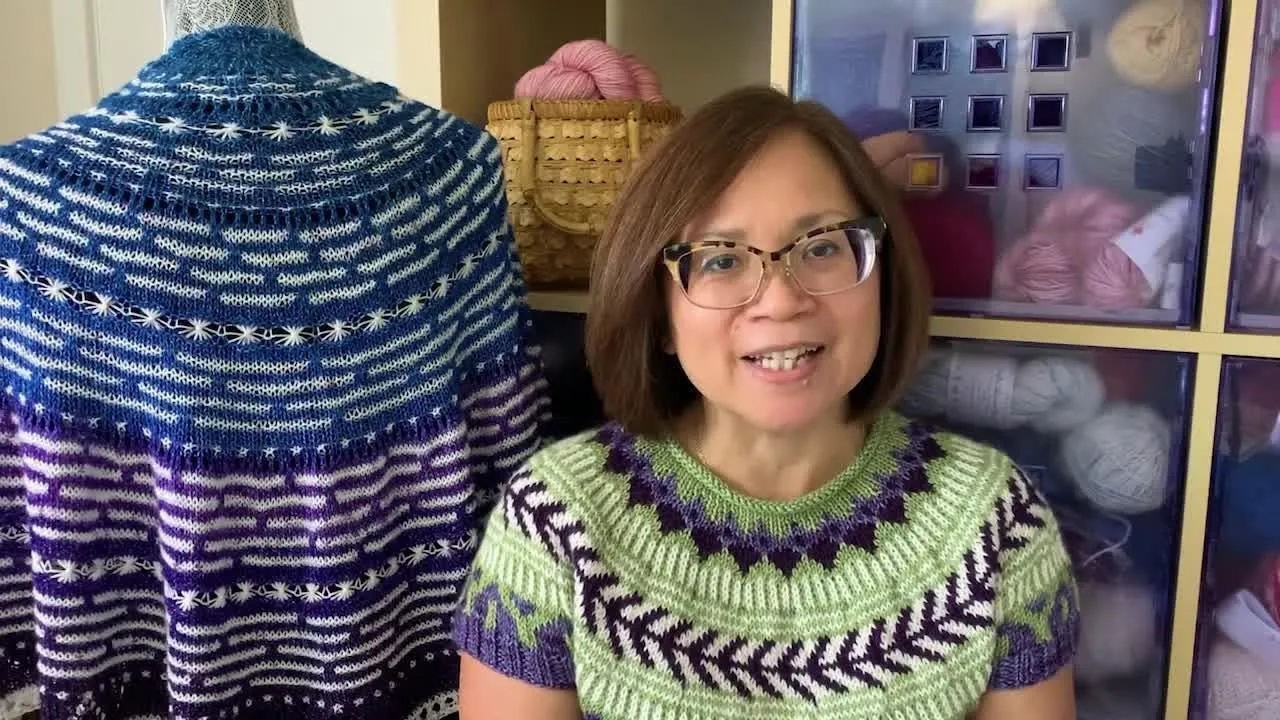
Colorwork knitting refers to the practice of incorporating multiple colorings into your knitting venture to create patterns, motifs, or snap shots. Instead of strolling with a single coloration, you switch amongst yarns of diverse shades as you move. This approach opens up a significant global of design opportunities, starting from ambitious geometric styles to sensitive floral motifs.
The attraction of colorwork lies in its functionality to transform fundamental stitches into visually stunning creations. While maximum colorwork is finished in stockinette sew, the magic is inside the color adjustments, chart studying, and yarn manage.
Read Also: Free Knitting Patterns For Babies: Knitting for Your Baby
Popular Colorwork Techniques
There are numerous techniques of attaining colorwork in knitting, and every has its very own look, sense, and complexity stage.
1. Stranded Colorwork (Fair Isle)
Stranded colorwork is possibly the maximum iconic and traditional method. Originating from the Shetland Islands, Fair Isle knitting includes wearing two yarns for the duration of the row and "stranding" the unused yarn in the back of the paintings.
Pros: Rich, multi-colored styles; warm fabric due to double yarn thickness.
Cons: Managing floats may be difficult; tension issues may additionally rise up.
Example patterns: Nordic snowflakes, geometric borders, festive colorwork knitting patterns.
2. Intarsia
Intarsia is good for large coloration blocks or pictorial motifs like hearts, animals, or letters. Instead of carrying yarn all through the row, you work with separate yarn bobbins for every phase.
- Pros: Cleaner again (no floats), ideal for huge motifs.
- Cons: Requires greater yarn control; greater weaving in ends.
- Example styles: Argyle socks, graphic tees, wall hangings.
3. Slip-Stitch Colorwork (Mosaic Knitting)
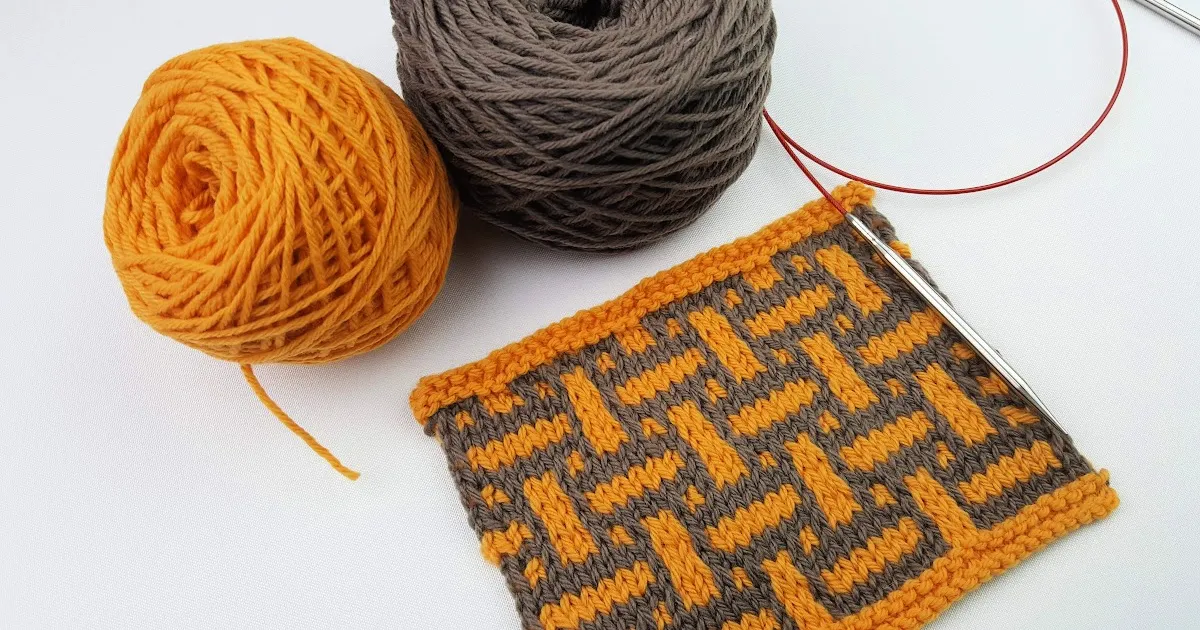
Mosaic knitting is a amateur-satisfactory colorwork approach that makes use of slipped stitches to introduce colour modifications, one row at a time.
- Pros: Only one coloration consistent with row; smooth to investigate.
- Cons: Less complicated than stranded paintings.
- Example styles: Modern afghans, scarves, cushion covers.
4. Double Knitting
Double knitting lets in you to create reversible colorwork with layers of fabric, often showing inverse colours on each aspect.
- Pros: Reversible cloth; thick and warm.
- Cons: Time-eating; more complex to observe.
- Example patterns: Scarves, pot holders, shade-blocked cowls.
Reading Colorwork Charts
- Unlike written patterns, maximum colorwork designs are charted. Understanding a manner to examine these charts is crucial.
- Charts are have a look at from proper to left on right-facet rows and left to proper on wrong-aspect rows (for flat knitting).
- Each square represents a sew and its corresponding shade.
- It’s important to color-code your yarns and refer frequently to the key.
- Using a magnet board or sticky notes permits tune your rows as you pass.
- Pro Tip: Practice on a small swatch before diving into the whole sample — specially for stranded or mosaic paintings.
You May Also Like: Tunisian Crochet: Can You Use A Tsusan Crochet Hook With Cable?
Choosing Colors for Colorwork
Selecting the proper color combination could make or smash your undertaking. Here’s how to make sure your layout pops:
1. High Contrast
Choose sun shades with amazing values (moderate vs. Dark) to make the pattern stand out. For instance, cream and army may additionally have higher assessment than red and orange.
2. Color Wheel Harmony
Complementary shades (opposites on the shade wheel like blue and orange) create a formidable, fascinating design.
Analogous shades (next to every exclusive like green, teal, and blue) bring about a more subdued, harmonious look.
3. Swatching Matters
Always knit a color swatch to check your mixture. Sometimes yarns that appearance extraordinary component by means of thing don’t translate properly into knit fabric.
Tools for Successful Colorwork
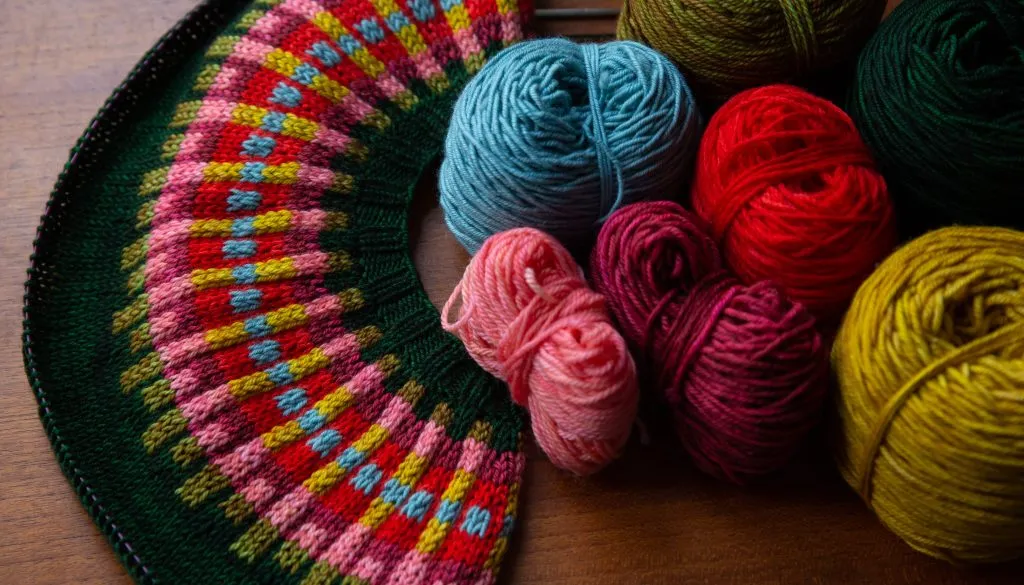
- A few tools and tricks can make your colorwork enjoy smoother:
- Yarn bobbins or butterfly wraps for intarsia.
- Stranding publications to assist manipulate more than one strands throughout your fingers.
- Colorwork charts or knitting apps (like KnitCompanion or Pattern Keeper).
- Tapestry needle for weaving in ends.
- Blocking mats and pins to even out your colorwork knitting patterns.
Tips for Tackling Your First Colorwork Pattern
- Colorwork can seem intimidating in the beginning, however those pointers will assist you avoid common pitfalls:
- Start Small: Choose a clean hat or cowl with primary motifs before tackling an all-over sweater pattern.
- Mind Your Tension: Keep your floats unfastened in stranded knitting. Too tight and your fabric will pucker.
- Practice Yarn Dominance: The yarn held for your left hand (continental) regularly seems greater outstanding in your layout.
- Check the Reverse Side: While aesthetics anticipate the the front, keep an eye fixed at the again to ensure tidy floats or easy bobbin adjustments.
- Block Wisely: Wet blocking can work wonders, night out stitches and organising up the material.
You May Also Like: The 8 Best Loop Yarn Patterns and Projects
Colorwork Knitting Pattern Inspiration
If you are prepared to try colorwork, proper here are a few pattern ideas thru challenge kind:
Hats:
“The Selbu Hat” – Traditional Norwegian snowflake design.
“Woolly Wormhead’s Circled Hat” – Uses mosaic slip-sew patterns.
Sweaters:
“The Strange Brew Sweater” by using Tin Can Knits – Customizable yoke colorwork.
“Lofoten Sweater” &ndah; Fair Isle meets alpine iciness vibes.
Socks:
“Pixel Socks” – Fun geometric colorwork with stranded method.
“Color Pop Ankle Socks” – Mosaic patterns the usage of minimal colorings.
Shawls:
“Inclinations Shawl” – Slip-sew stripes with color gradients.
“The Butterfly Shawl” – Intarsia-fashion, display-preventing wrap.
Yarn Recommendations for Colorwork

When choosing yarn for colorwork, recall the subsequent:
- Wool and wool blends are best, mainly for stranded knitting. The fibers grip every different, making stitches lie flatter and additional cohesive.
- Avoid slippery yarns like silk or bamboo to your first colorwork tries.
- Look for non-superwash yarns for better stitch definition.
Brands to Explore:
- Jamieson’s of Shetland – Classic for Fair Isle paintings.
- Brooklyn Tweed – Gorgeous palettes and textures.
- Cascade 220 – Affordable and widely to be had wool yarn.
- Malabrigo Rios – For ambitious and variegated shade play.
Troubleshooting Common Colorwork Issues
Problem: My material puckers.
- Fix: Relax your floats! Practice even tension and unfold your stitches out at the right-hand needle.
- Problem: My colorwork looks messy or uneven.
- Fix: Try blocking, modify your yarn dominance, and knit a swatch to enhance sew consistency.
- Problem: I'm constantly tangling my yarns.
- Fix: Practice untwisting as you pass or keep yarns in every arms the usage of continental and English techniques.
Why You’ll Fall in Love with Colorwork?
Colorwork provides a whole new layer of creativity and personalization on your knitting. It tells a tale — whether or not it is a sweater patterned with mountain peaks or mittens echoing conventional Nordic runes.
It may require a bit greater attention and patience, however the payoff is a showpiece of wearable paintings. Plus, there’s an immense feel of satisfaction in watching a layout emerge sew through colourful sew.
Final Thoughts
Colorwork knitting patterns provide endless opportunities for creativity and expression. From deciding on your color palette to tackling your first chart, each step is a trendy challenge and a chance to develop as a fiber artist. Whether you are growing a comfortable Fair Isle pullover or an attention-grabbing mosaic headband, there's a colorwork approach it is best in your capacity degree and fashion.







